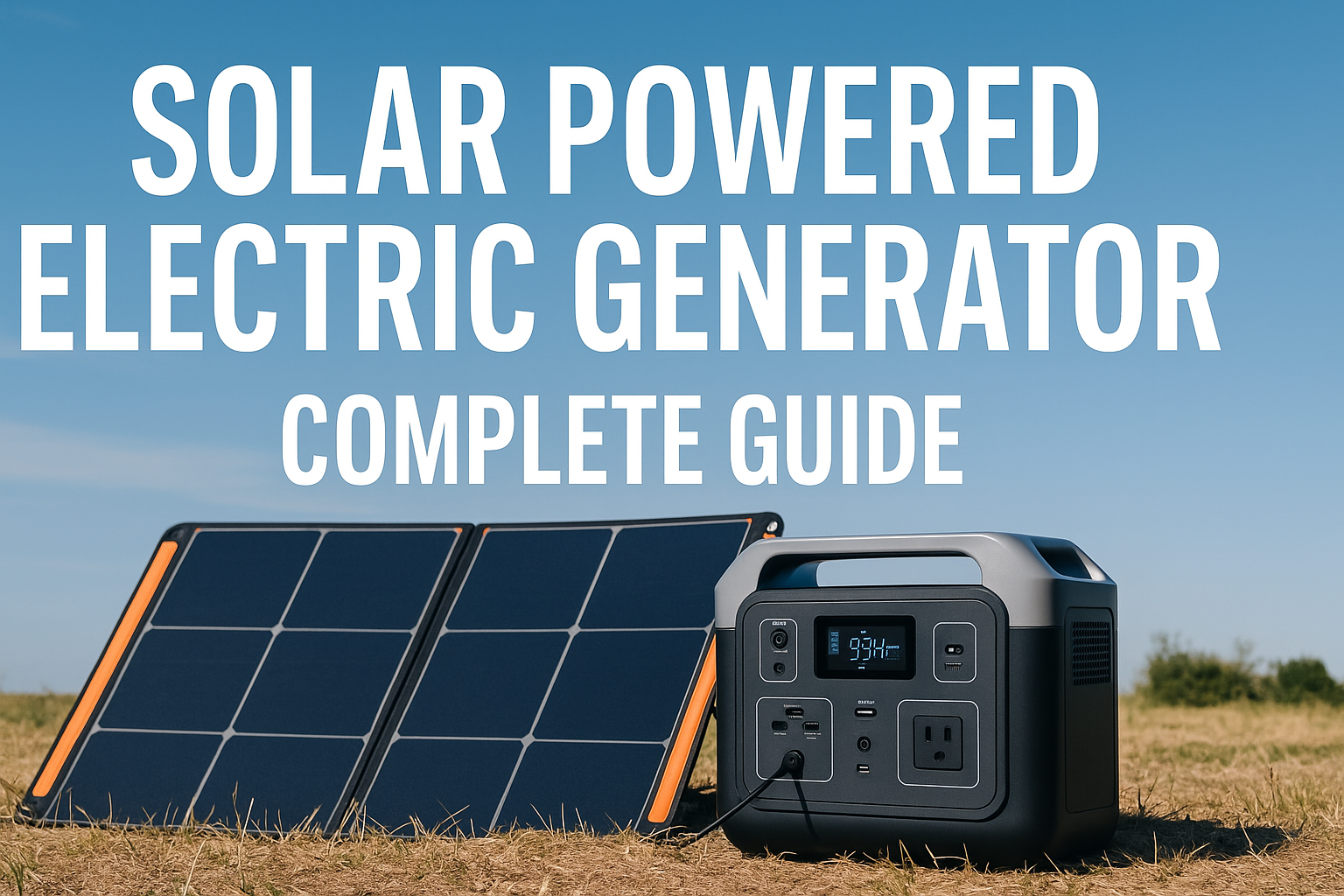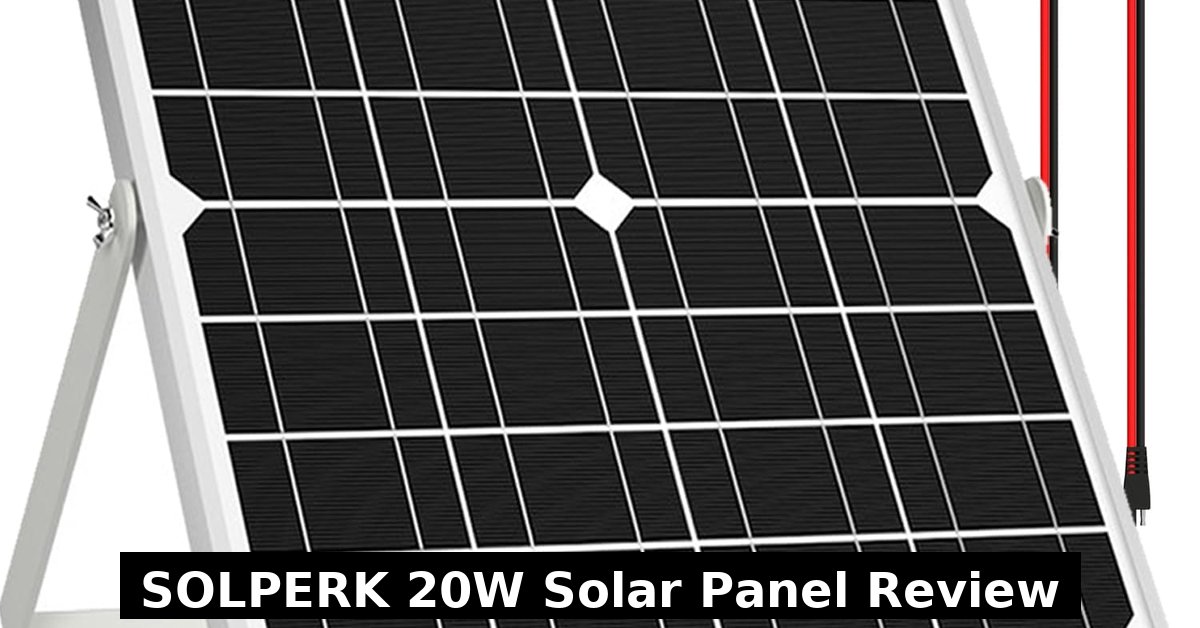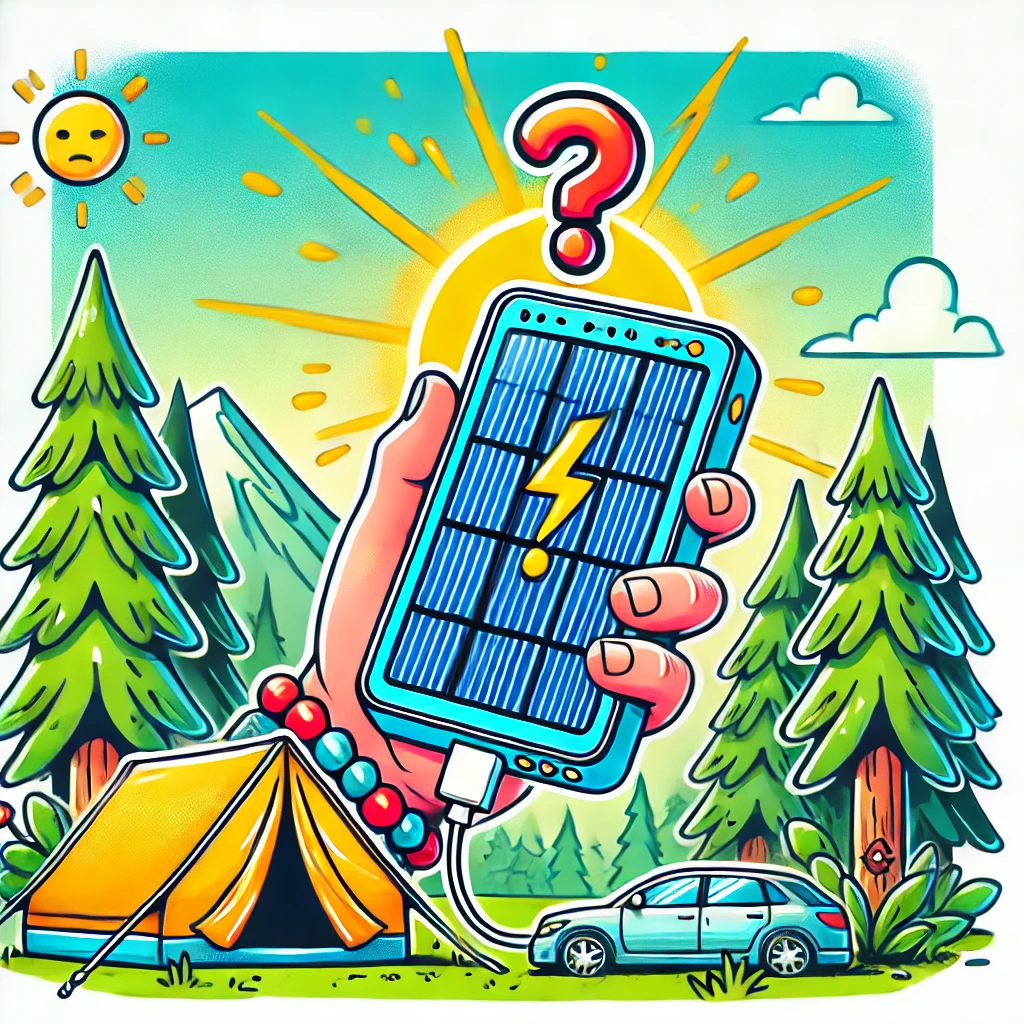The shift toward renewable energy has transformed from an environmental ideal into a practical financial decision for millions of homeowners worldwide. Solar panels, once considered a luxury reserved for early adopters and environmental enthusiasts, have become an accessible and economically viable option for residential properties. As energy costs continue to climb and climate concerns intensify, the question for many homeowners has shifted from “Should I consider solar?” to “When should I make the switch?”
This comprehensive review explores seven compelling reasons why installing solar panels on your home represents not just an environmentally conscious choice, but a genuinely smart financial investment. Whether you’re motivated by reducing monthly expenses, increasing property value, or achieving energy independence, understanding these benefits will help you make an informed decision about solar energy for your home.
1. Dramatic Reduction in Electricity Bills
The most immediate and tangible benefit of installing solar panels is the significant reduction in monthly electricity costs. For most homeowners, this represents the primary financial incentive driving their decision to go solar.
How Solar Panels Cut Your Energy Costs
Solar panels generate electricity directly from sunlight, allowing your home to produce its own power rather than purchasing it entirely from utility companies. During daylight hours, your solar system produces electricity that powers your home’s appliances, lighting, heating, and cooling systems. Any excess energy generated can either be stored in battery systems or fed back into the grid through net metering programs.
The average American household spends approximately $1,500 to $2,000 annually on electricity. Depending on system size, geographic location, and energy consumption patterns, solar panels can reduce these costs by 50% to 100%. In sunny regions like California, Arizona, and Florida, well-designed solar systems often eliminate electricity bills entirely for significant portions of the year.
Long-Term Savings Potential
While the upfront investment in solar panels ranges from $15,000 to $25,000 before incentives, the long-term savings potential is substantial. Over the typical 25-year lifespan of solar panels, homeowners can save anywhere from $20,000 to $60,000 or more, depending on local electricity rates and system performance.
These savings accelerate over time as electricity rates continue to rise. Historical data shows that utility rates increase by approximately 2-3% annually. By locking in your energy production costs at today’s rates, solar panels provide a hedge against future price increases, making your savings more valuable with each passing year.
Peak Hour Advantage
Solar panels generate maximum power during peak sunlight hours, which often coincide with peak electricity demand periods when utility rates are highest. This alignment creates additional savings for homeowners in areas with time-of-use electricity pricing, where power costs more during afternoon and early evening hours.
2. Impressive Return on Investment
When evaluated purely as a financial investment, solar panels offer returns that often exceed traditional investment vehicles like stocks and bonds, making them one of the most attractive home improvements available.
Understanding Solar ROI
The return on investment for solar panels typically ranges from 10% to 30% annually, depending on various factors including installation costs, available incentives, local electricity rates, and system performance. Most homeowners reach their break-even point within 6 to 10 years, after which all energy savings represent pure profit.
Consider a $20,000 solar installation that saves $2,400 annually on electricity bills. This represents a 12% annual return on investment before factoring in increased home value or additional incentives. Few home improvements or conservative investments can match this performance while also providing immediate utility value.
Tax Incentives and Rebates
Federal, state, and local incentives significantly improve solar ROI. The Federal Solar Investment Tax Credit currently allows homeowners to deduct 30% of solar installation costs from their federal taxes. This single incentive can reduce a $20,000 system cost to $14,000, dramatically shortening the payback period.
Many states and municipalities offer additional rebates, performance-based incentives, and property tax exemptions for solar installations. Some utility companies provide upfront rebates or premium rates for solar energy fed back into the grid. When combined, these incentives can reduce initial costs by 40-50%, making solar accessible to a broader range of homeowners.
Inflation Protection
Solar panels provide protection against inflation, particularly energy inflation. While traditional investments may struggle to keep pace with rising living costs, solar panels directly offset one of the fastest-growing household expenses. This hedge against inflation makes solar particularly valuable for retirees and those on fixed incomes.
3. Significant Increase in Property Value
Installing solar panels doesn’t just save money on monthly bills; it also increases the market value of your home, providing a substantial return when you decide to sell.
Real Estate Premium for Solar Homes
Multiple studies have confirmed that homes with solar panels sell for premium prices compared to similar homes without solar installations. Research indicates that solar panels increase home value by approximately $15,000 to $25,000 on average, with some studies showing buyers willing to pay a premium of $4 per watt of installed solar capacity.
For a typical 6-kilowatt residential system, this translates to a $24,000 increase in property value, often exceeding the net cost of installation after incentives. This means homeowners can potentially recoup their entire solar investment through increased resale value alone, independent of energy savings.
Faster Sales and Attractive Listings
Solar-equipped homes not only sell for more but also tend to sell faster than comparable non-solar properties. In competitive real estate markets, solar panels serve as a significant differentiator that attracts environmentally conscious buyers and those seeking lower operating costs.
The promise of reduced or eliminated electricity bills makes solar homes particularly appealing to first-time homebuyers and budget-conscious buyers who carefully evaluate long-term ownership costs. Real estate listings that highlight solar installations often generate more interest and showings than similar properties without renewable energy features.
Appraisal Considerations
Professional home appraisers increasingly recognize solar panels as value-adding improvements. The Appraisal Institute has developed specific guidelines for valuing solar installations, considering factors like system age, production capacity, ownership structure, and remaining warranty periods.
Owned solar systems add clear value to properties, while leased systems may complicate sales transactions. Homeowners considering solar should generally opt for ownership or loan arrangements rather than leases to maximize property value benefits.
4. Environmental Impact and Sustainability
Beyond financial considerations, solar panels offer substantial environmental benefits that resonate with growing numbers of homeowners committed to reducing their carbon footprint and combating climate change.
Carbon Footprint Reduction
The average residential solar panel system offsets approximately 3 to 4 tons of carbon dioxide annually, equivalent to planting over 100 trees each year. Over a 25-year lifespan, a single home solar installation prevents roughly 100 tons of CO2 emissions, making a meaningful contribution to climate change mitigation.
This environmental impact extends beyond carbon reduction. Solar energy generation requires no water consumption, unlike traditional power plants that use massive quantities of water for cooling. Solar panels also eliminate the air pollutants associated with fossil fuel combustion, including sulfur dioxide, nitrogen oxides, and particulate matter that contribute to respiratory problems and acid rain.
Renewable Energy Independence
Solar panels allow homeowners to generate clean, renewable energy directly on their property, reducing dependence on fossil fuels and the environmental degradation associated with their extraction and consumption. Each kilowatt-hour of solar electricity represents one less unit of power that must be generated from coal, natural gas, or nuclear sources.
As solar adoption increases, the collective impact becomes transformative. Communities with high solar penetration rates reduce strain on electrical grids, decrease the need for new power plant construction, and demonstrate the viability of distributed renewable energy generation.
Sustainable Home Value
Environmental consciousness increasingly influences consumer behavior and purchasing decisions. Homes with solar installations appeal to the growing demographic of environmentally aware buyers who prioritize sustainability and want their housing choices to reflect their values.
This alignment between personal values and home ownership creates intangible benefits that extend beyond financial calculations. Many solar homeowners report increased satisfaction knowing their daily energy consumption doesn’t contribute to environmental harm, adding a quality-of-life dimension to the investment.
5. Energy Independence and Grid Reliability
Solar panels provide homeowners with unprecedented control over their energy supply, offering protection against grid failures, utility rate fluctuations, and energy market volatility.
Reduced Grid Dependence
Installing solar panels fundamentally changes your relationship with utility companies. Rather than being entirely dependent on the grid for electricity, solar homeowners become partial or complete energy producers. This shift provides significant advantages during times of grid stress, peak demand pricing, or supply constraints.
During daylight hours, well-designed solar systems can meet 100% of a home’s electricity needs, with excess power either stored in batteries or exported to the grid. This self-sufficiency means fewer concerns about utility rate increases, transmission costs, or the reliability of aging electrical infrastructure.
Battery Storage Integration
Pairing solar panels with battery storage systems creates true energy independence. Modern lithium-ion batteries can store excess solar production for use during evening hours or cloudy days, further reducing grid reliance and maximizing the value of solar generation.
Battery systems also provide critical backup power during grid outages, keeping essential appliances and systems operational when neighbors lose power. This resilience is particularly valuable in regions prone to severe weather, wildfires, or aging infrastructure that experiences frequent outages.
Advanced battery systems with smart management capabilities can optimize energy usage by drawing from storage during peak rate periods and recharging during off-peak times, maximizing savings for homeowners on time-of-use rate plans.
Protection Against Rate Increases
Utility electricity rates have risen steadily for decades, and this trend shows no signs of reversing. Infrastructure maintenance, renewable energy mandates, and fuel cost volatility all contribute to upward pressure on electricity prices.
Solar panels lock in your energy production costs at current rates, providing predictability and protection against future increases. While neighbors face rising electricity bills, solar homeowners maintain stable energy costs, with savings growing more valuable each year as utility rates climb.
6. Low Maintenance and Long Lifespan
Unlike many home improvements that require ongoing maintenance, repairs, and eventual replacement, solar panels are remarkably durable and require minimal upkeep throughout their long operational life.
Exceptional Durability
Modern solar panels are engineered to withstand decades of exposure to harsh weather conditions. Quality panels are tested to resist hail, high winds, snow loads, and temperature extremes. Most manufacturers warranty their panels for 25 years, with many systems continuing to produce electricity efficiently well beyond this period.
Solar panels have no moving parts, which dramatically reduces wear and potential failure points. The solid-state nature of photovoltaic technology means there’s nothing to lubricate, adjust, or mechanically service. This simplicity translates to remarkable reliability and minimal maintenance requirements.
Minimal Maintenance Requirements
Solar panel maintenance is straightforward and infrequent. In most climates, rain naturally cleans panels, removing dust and debris that might reduce efficiency. In drier regions or areas with heavy pollen, occasional cleaning with water and a soft brush maintains optimal performance.
Annual or biannual professional inspections ensure electrical connections remain secure and inverters function correctly, but these checkups are typically brief and inexpensive. Unlike HVAC systems, water heaters, or other home systems requiring regular servicing, solar installations operate reliably with minimal intervention.
Performance Guarantees
Solar panel manufacturers typically guarantee that panels will maintain at least 80-85% of their original output capacity after 25 years. This degradation rate of approximately 0.5-0.7% annually means panels continue producing substantial electricity for decades.
Quality inverters, which convert solar DC power to household AC power, typically last 10-15 years before requiring replacement. While inverter replacement represents an additional cost, it’s predictable and relatively modest compared to the system’s overall value and energy production.
Warranty Protection
Comprehensive warranties protect solar investments. Equipment warranties cover panel defects and failures, while performance warranties guarantee minimum energy production levels. Installation workmanship warranties protect against issues arising from improper mounting or electrical work.
These overlapping warranty protections provide peace of mind and financial security, ensuring your solar investment delivers expected returns throughout its operational lifetime.
7. Technological Advancement and Future-Proofing
The solar industry continues evolving rapidly, with ongoing technological improvements making current installations increasingly valuable while positioning homeowners to benefit from future innovations.
Improving Efficiency Standards
Solar panel efficiency has increased dramatically over the past decade, with modern panels converting 18-22% of sunlight into electricity compared to 12-15% for older technology. This means current installations generate more power from the same roof space, maximizing production capacity.
While purchasing solar means you won’t immediately benefit from future efficiency improvements, current technology is mature and highly effective. The energy production from today’s panels will continue meeting household needs for decades, and modular system design allows for future expansion or upgrades if needed.
Smart Home Integration
Modern solar installations integrate seamlessly with smart home technology, allowing homeowners to monitor production, track consumption, and optimize energy usage through smartphone apps and web portals. Real-time monitoring helps identify performance issues quickly and provides detailed insights into energy patterns.
This connectivity enables sophisticated energy management strategies, automatically shifting high-consumption activities to peak production hours or coordinating with battery storage for maximum efficiency. As smart home adoption grows, solar systems become central components of integrated household energy management.
Vehicle Charging Synergy
The rise of electric vehicles creates perfect synergy with home solar installations. Solar panels can power vehicle charging, effectively converting sunlight into transportation fuel and further increasing the value and utility of residential solar systems.
For households transitioning to electric vehicles, solar installations can offset both home electricity and transportation costs, creating compound savings. This dual benefit makes solar increasingly attractive as EV adoption accelerates.
Grid Services and Virtual Power Plants
Emerging programs allow residential solar and battery systems to participate in grid services, providing stability and earning additional income for homeowners. Virtual power plant initiatives aggregate residential systems to provide grid-level services, creating new revenue streams for solar homeowners.
These programs represent the future of distributed energy, where homes transition from passive consumers to active participants in energy markets. Early solar adopters position themselves to benefit from these evolving opportunities.
Making the Solar Investment Decision
Installing solar panels represents a significant decision that requires careful consideration of your specific circumstances, including roof condition, sun exposure, local electricity rates, available incentives, and financing options.
Evaluating Your Home’s Solar Potential
Not all properties are equally suited for solar installations. Ideal candidates have south-facing roofs with minimal shading, sufficient space for adequate panel arrays, and structural integrity to support installation equipment. However, even homes with less-than-perfect conditions can often accommodate productive solar systems with creative design and placement.
Professional solar assessments evaluate these factors, providing detailed production estimates and financial projections specific to your property. Most reputable installers offer free consultations and proposals, allowing you to explore options without obligation.
Financing Considerations
Multiple financing options make solar accessible regardless of available capital. Cash purchases provide the best long-term returns but require significant upfront investment. Solar loans spread costs over time while maintaining ownership and full financial benefits. Some homeowners use home equity lines of credit to finance installations, leveraging favorable interest rates.
Lease and power purchase agreements require no upfront investment but provide smaller long-term benefits and complicate property sales. Most financial experts recommend ownership models when possible to maximize returns and property value increases.
Choosing Quality Installers
Solar installation quality significantly impacts system performance and longevity. Research prospective installers thoroughly, checking licenses, certifications, customer reviews, and Better Business Bureau ratings. Reputable installers provide detailed proposals, use quality equipment from established manufacturers, and offer comprehensive warranties on both equipment and workmanship.
Obtain multiple quotes to ensure competitive pricing, but avoid automatically choosing the lowest bid without considering equipment quality, warranty terms, and installer reputation.
Conclusion: The Smart Investment Case for Solar
The case for residential solar panels extends far beyond environmental considerations, representing a sound financial decision that provides immediate and long-term benefits. From dramatic reductions in electricity costs to substantial property value increases, from energy independence to minimal maintenance requirements, solar panels deliver compound advantages that justify their investment status.
With 30% federal tax credits, declining installation costs, and rising electricity rates, the financial equation for solar has never been more favorable. Homeowners who invest in solar today position themselves to benefit from decades of free electricity, protection against utility rate increases, increased property values, and the satisfaction of reducing their environmental impact.
As technology continues improving and solar adoption becomes mainstream, early adopters gain maximum advantages, including higher incentives, longer benefit periods, and positioning for emerging opportunities in grid services and energy markets.
For homeowners evaluating whether solar panels represent a smart investment, the evidence overwhelmingly supports moving forward. The combination of financial returns, environmental benefits, energy security, and technological advancement makes residential solar one of the most compelling investments available to property owners today.
The question is no longer whether solar makes sense, but rather how quickly you can begin capturing the substantial benefits that solar panels provide to forward-thinking homeowners who recognize the value of this transformative technology.



